9 Shocking Events You Had No Idea Happened In Indiana
These shocking events in Indiana reveal a darker side of Hoosier history. Big stories get the big press, but you might be surprised by some of these lesser known things that happened in Indiana…even though they involve some big names.
We’ve organized this list from oldest to most recent events; there is no ranking other than when it occurred.

Most of us don’t spend our days pondering the inner mechanisms of the Government, but the process of electing US Senators by popular vote began after a shockingly violent day in the Indiana General Assembly. Governor Isaac P. Gray, a former Republican elected as a Democratic candidate, had his eye on the Senator seat, but neither party favored his plans.
Gray became a catalyst for action on both sides of party lines, leading to an attack on the newly elected Republican Lieutenant Governor, Robert S. Robertson, as he attempted to enter the chamber. A full-out riot commenced in the Indiana Statehouse, which ended after four hours of fist fighting and death threats that required the Governor to call in the police to control the situation.
The Republican-controlled House of Representatives and Democratic Senate refused to communicate, creating a deadlock so strong that it eventually led to the US Constitutional Amendment to make Senators elected by popular vote rather than General Assembly.
Gray became a catalyst for action on both sides of party lines, leading to an attack on the newly elected Republican Lieutenant Governor, Robert S. Robertson, as he attempted to enter the chamber. A full-out riot commenced in the Indiana Statehouse, which ended after four hours of fist fighting and death threats that required the Governor to call in the police to control the situation.
The Republican-controlled House of Representatives and Democratic Senate refused to communicate, creating a deadlock so strong that it eventually led to the US Constitutional Amendment to make Senators elected by popular vote rather than General Assembly.
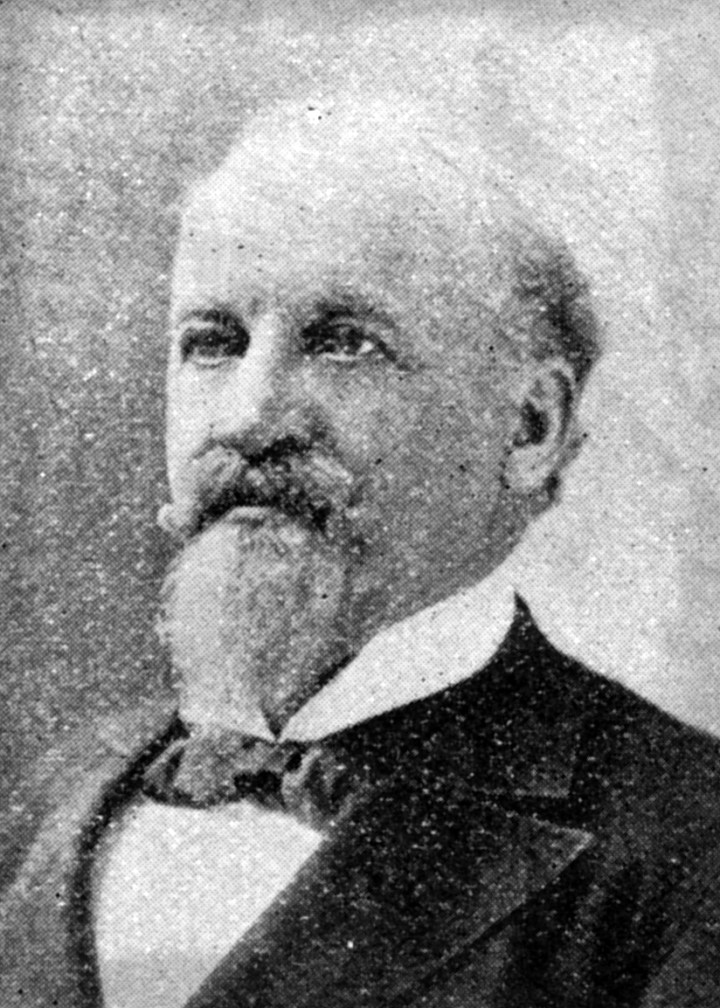
Governor Isaac P. Gray
Advertisement
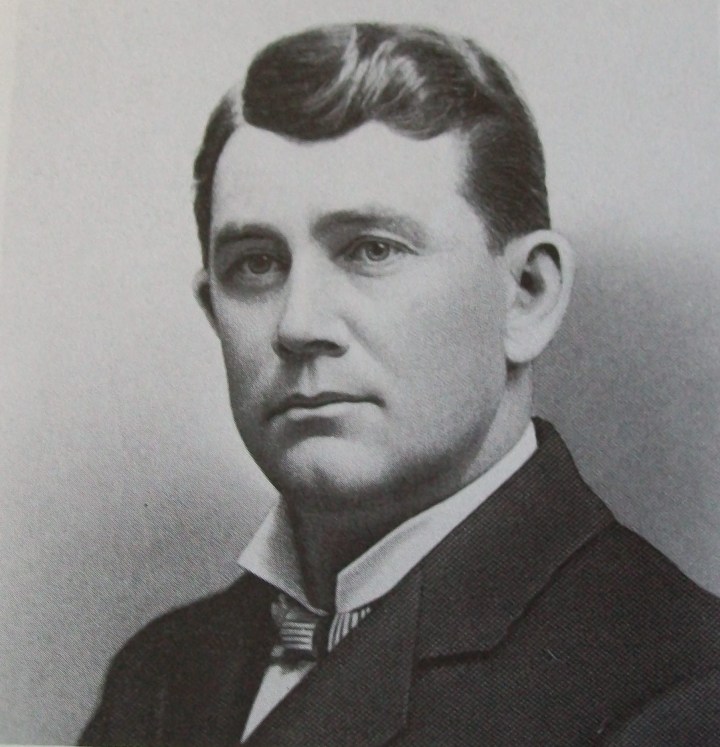
Typically "World’s First" is an exciting title to win, but in this one is truly horrific. Michigan almost saved the Hoosier State from this horrific "first" by proposing a bill in 1897 and Pennsylvania tried 8 years later, but both were shot down before becoming law.
Several states followed Indiana’s misguided lead and, by the time these compulsory sterilization laws were determined unconstitutional at the Federal level, more than 65,000 people in 33 states had been forcibly or unknowingly sterilized. The eugenics laws focused on controlling genetically passed traits, "therapeutically" treating sexual behavior, and as punishment for criminals in prisons.
Several states followed Indiana’s misguided lead and, by the time these compulsory sterilization laws were determined unconstitutional at the Federal level, more than 65,000 people in 33 states had been forcibly or unknowingly sterilized. The eugenics laws focused on controlling genetically passed traits, "therapeutically" treating sexual behavior, and as punishment for criminals in prisons.
Advertisement

D.C. Stephenson, KKK Grand Dragon of Indiana
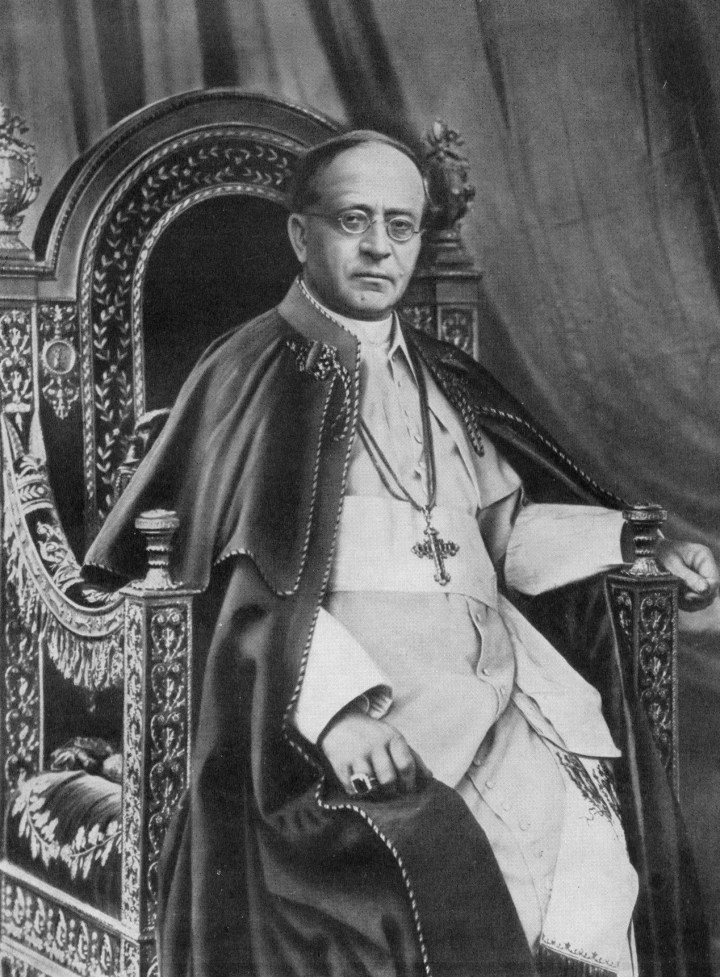
The speech claimed "The pope may even be on the northbound train tomorrow!" and instructed the anti-Catholic audience to "search everywhere for hidden enemies…watch the trains!" The following day, a mob of more than a thousand people gathered at the train station and accosted the single passenger on a train headed to Chicago. The man was a corset salesman and it took him nearly an hour to convince the angry crowd that he was not, in fact, the pope in disguise.

Trustees and Klan representative Milt Elrod were in the midst of serious negotiations over the sale of the university, which Elrod claimed would continue to admit anyone who met the "educational requirements" (a statement he later reversed). Although students and community members were shocked and opposed to the potential sale, it was the major newspapers that rallied the fight against Klan ownership of the school. Ultimately, the KKK did not have the funds to purchase the university (which carried $350,000 in debt along with the sale price) and Indiana breathed a sigh of relief. In 1925, the Lutheran Church-Missouri Synod stepped in and saved the school from abandonment.
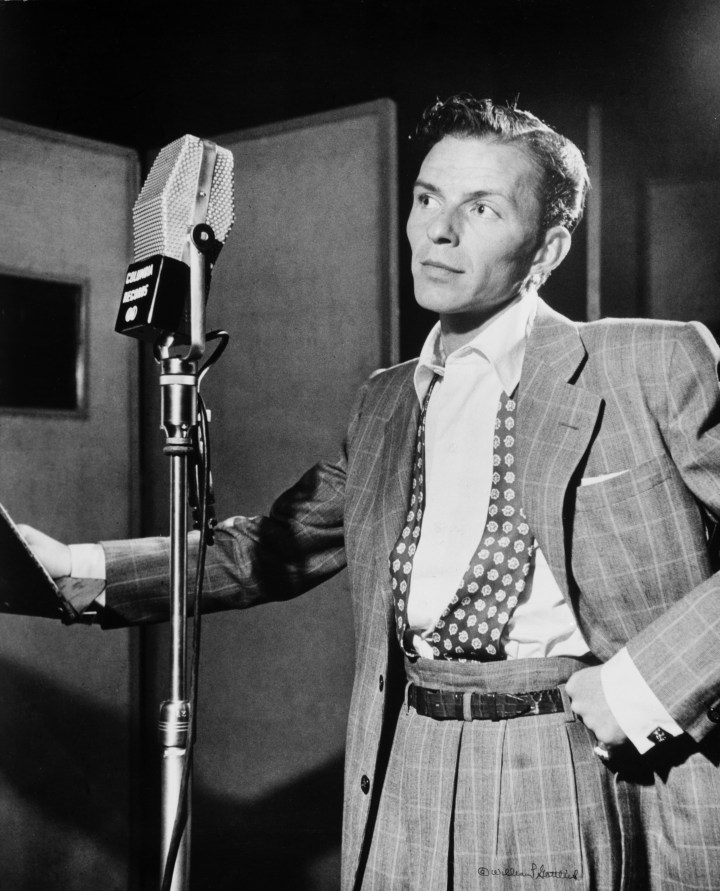
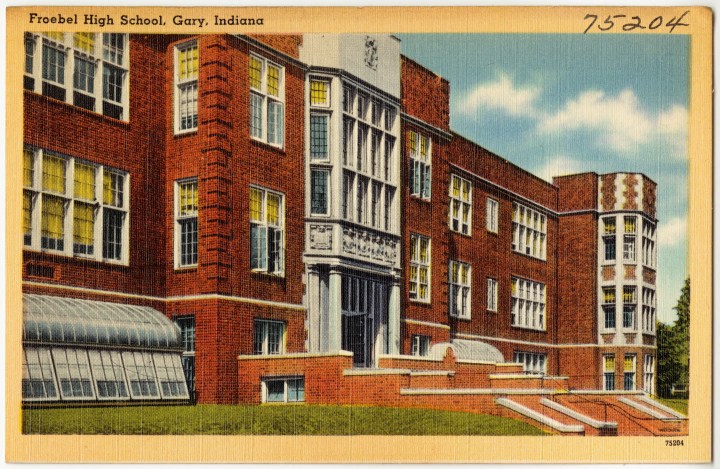
Sinatra turned down a $10,000 paycheck at the invitation of school administrators to speak out against the intolerance of the striking students. Many people don’t know that Sinatra was an active advocate for Civil Rights, refusing to play shows in segregated clubs and insisting on using an integrated musical group to back his vocals. Sinatra had some strong words for the students, calling their strike "the most shameful incident in the history of American education" and called out the parents’ contribution to racism, saying "No kid is by nature intolerant. It is one of the few forms of ignorance which has to be cultivated."
Advertisement
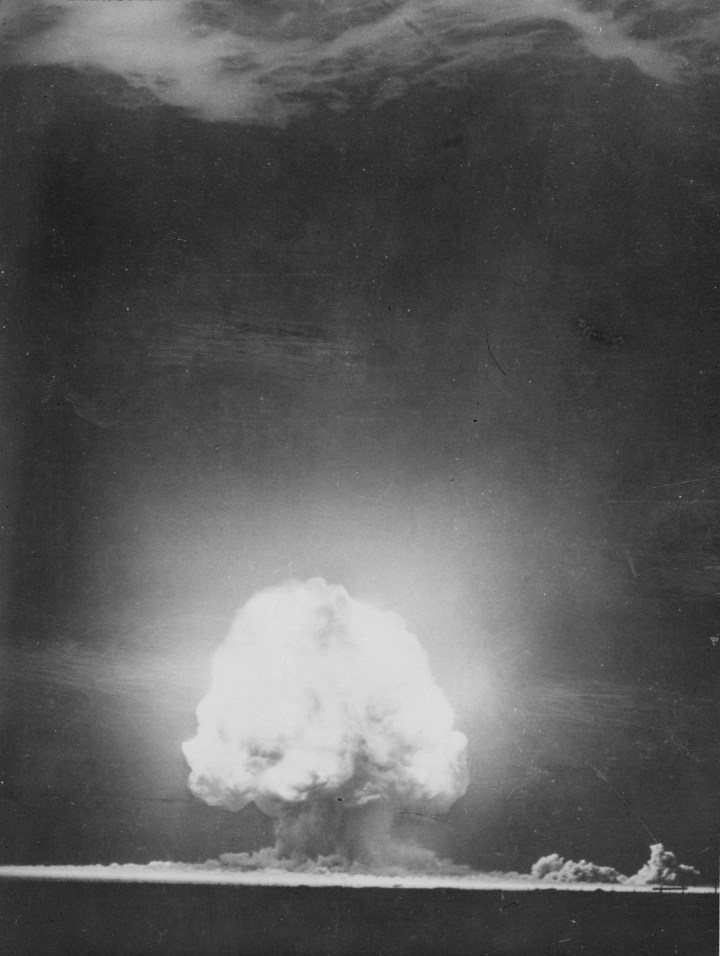
Shortly after the atomic bomb was dropped on Hiroshima, Kodak Company employee Dr. J.H. Webb noticed spots on some of their film products. Photographic film is highly sensitive to radiation and is frequently used to test levels of radioactivity. Toxic nuclear fallout can travel thousands of miles in airborne form; however, Kodak determined that their ruined film was not possibly due to the Hiroshima detonation, as the radius of atmospheric fallout had not yet spread so widely around the globe. The only possible culprit was the Manhattan Project’s very first nuclear test carried out in New Mexico.
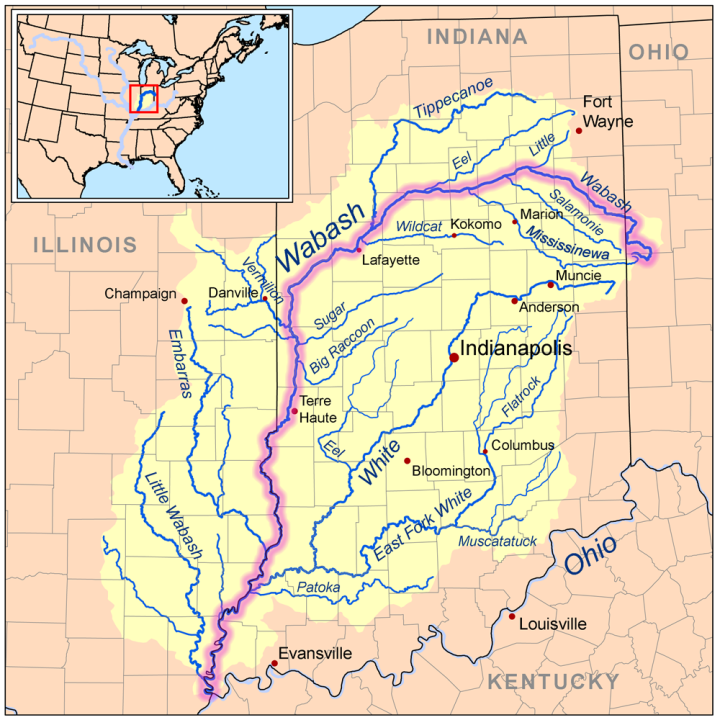
The ruined film was ultimately determined to be the product of contaminated cardboard packaging, which was produced in two paper mills; one in Vincennes on the Wabash River and the other in Tama, Iowa on the Iowa River. The river collected agricultural runoff and the radioactive soil had been concentrated by the cardboard making process.

The Wabash River Ordnance Works (now the Newport Chemical Depot) was constructed as a chemical destruction site in response to the findings.


At the peak of the McCarthy Era, Robin Hood was nearly banished from Indiana schools after Mrs. Thomas J. White, a member of the Indiana Textbook Commission spoke out against the children’s storybook hero over his secretly political intentions. In defense of her attack on the "Merry Men," White claimed, "There is a Communist directive in education now to stress the story of Robin Hood. They want to stress it because he robbed the rich and gave it to the poor. That’s the Communist line."
In response to the call for censorship, a group of Indiana University students collected chicken feathers and dyed them green (to match the one worn by Robin Hood) and spread them across campus in protest. Now known as the Green Feather Movement, the event inspired other similar protests across the country. Luckily, the push for censorship failed…but also proved the power of student activism.
In response to the call for censorship, a group of Indiana University students collected chicken feathers and dyed them green (to match the one worn by Robin Hood) and spread them across campus in protest. Now known as the Green Feather Movement, the event inspired other similar protests across the country. Luckily, the push for censorship failed…but also proved the power of student activism.
Advertisement
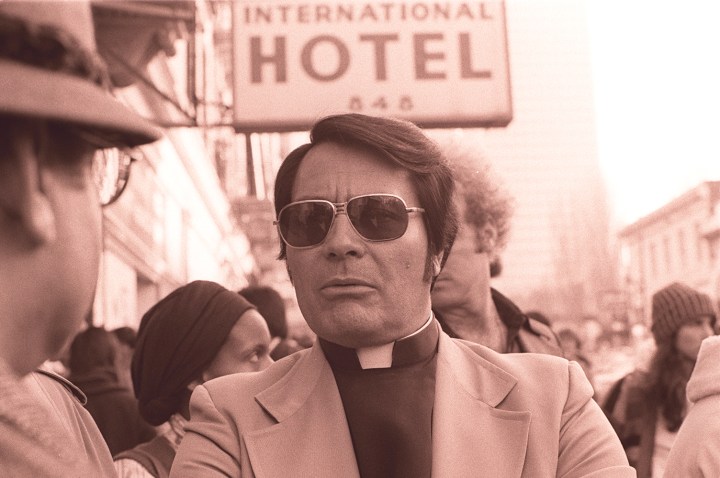
Due to the incomprehensible actions of Jones’ religious movement and the resulting Jonestown mass suicide, most people don’t know of Jim Jones’ history as a Civil Rights leader and outspoken desegregation advocate. In 1960, Jones became director of the Human Rights Commission in Indianapolis and helped to integrate many churches and businesses, which received much criticism and several death threats.
Jim and his wife Marceline adopted several children, including three Korean-American children, a Native American child and, in 1961, became the first Indiana couple to adopt a black son. The Joneses often referred to themselves as a "rainbow family." Despite his positive impact on numerous social communities in Indiana, Jones’ cyanide Kool-Aid plan for "revolutionary suicide" is unforgivable.
Jim and his wife Marceline adopted several children, including three Korean-American children, a Native American child and, in 1961, became the first Indiana couple to adopt a black son. The Joneses often referred to themselves as a "rainbow family." Despite his positive impact on numerous social communities in Indiana, Jones’ cyanide Kool-Aid plan for "revolutionary suicide" is unforgivable.
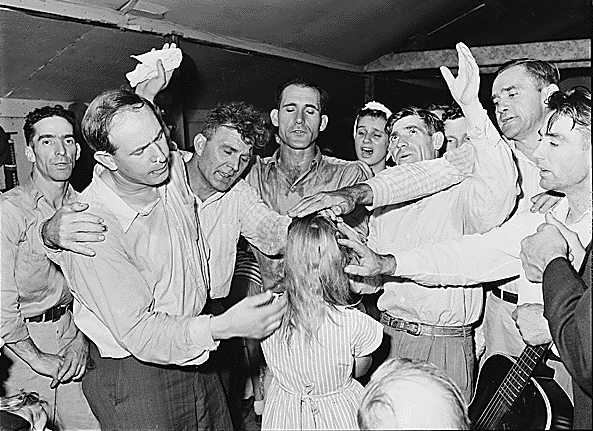
Hobart Freeman formed his own congregation in 1963 after being asked to leave the World of Faith Movement for his oppositional viewpoints and cultish dedication to the power of prayer. His sermons convinced his followers to forego any medical treatments, as they interfered with God’s authority to heal sickness, which he believed was based on how strongly genuine one’s faith is.
Controversy was raised in 1974 in Kosciusko County when the Board of Health reported that diabetic community members had stopped taking insulin treatments and local hospital statistics showed that women from the congregation who chose home births (without midwives or medical assistance) over hospital births were 60 times more likely to die in childbirth, and most were refusing post-natal care. A Chicago Tribune article revealed at least 90 plausible deaths, many of them newborn children, linked to Freeman’s ministry.
Freeman practiced what he preached; in 1984, he died of complications from pneumonia and congestive heart failure after he refused to remove or clean bandages covering ulcers produced by a gangrene infection.
Controversy was raised in 1974 in Kosciusko County when the Board of Health reported that diabetic community members had stopped taking insulin treatments and local hospital statistics showed that women from the congregation who chose home births (without midwives or medical assistance) over hospital births were 60 times more likely to die in childbirth, and most were refusing post-natal care. A Chicago Tribune article revealed at least 90 plausible deaths, many of them newborn children, linked to Freeman’s ministry.
Freeman practiced what he preached; in 1984, he died of complications from pneumonia and congestive heart failure after he refused to remove or clean bandages covering ulcers produced by a gangrene infection.
There are too many events to ever fit into one list. Do you know other shocking Indiana events throughout history that should have made this list? Let us know in the Comments section below–you may see them in pop up a future follow-up list!
OnlyInYourState may earn compensation through affiliate links in this article. As an Amazon Associate, we earn from qualifying purchases.




